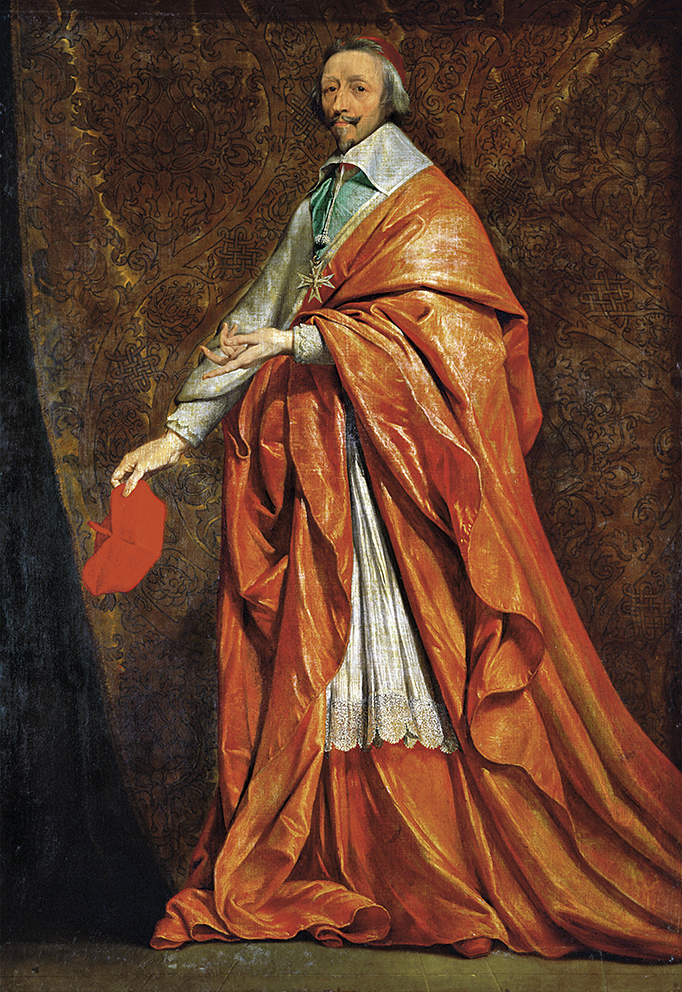This biography of Cardinal Richelieu particularly highlights the relationships between three figures in the history of France: Marie de Médicis, Louis XIII, and Richelieu.
When the cardinal, then a simple Bishop of Luçon, enters the council, it is with the support of Marie de Médicis. Later, Marshal d’Ancre (Concini) is assassinated on the order of Louis XIII or with his approval (the king witnesses the scene from behind a window); this marks Richelieu’s time in the wilderness.
In politics, there are always these turnarounds; the Bishop of Luçon receives the biretta, becomes a cardinal, and will henceforth tie his destiny to the king, becoming the adversary of the Queen Mother.
Françoise Hildeshemer describes for us this world where deceit, eliminations, and the reasons of state are the destiny of this duo of the king and his prime minister. Richelieu is the architect of the modern state with centralization and royal absolutism.
Richelieu dies on December 4, 1642, and Mazarin succeeds him on the council the following day. The death of Louis XIII in May 1643 brings Anne of Austria to the forefront with Mazarin. The regency begins with a child king; Louis XIV is only five years old!
Thierry Jan


